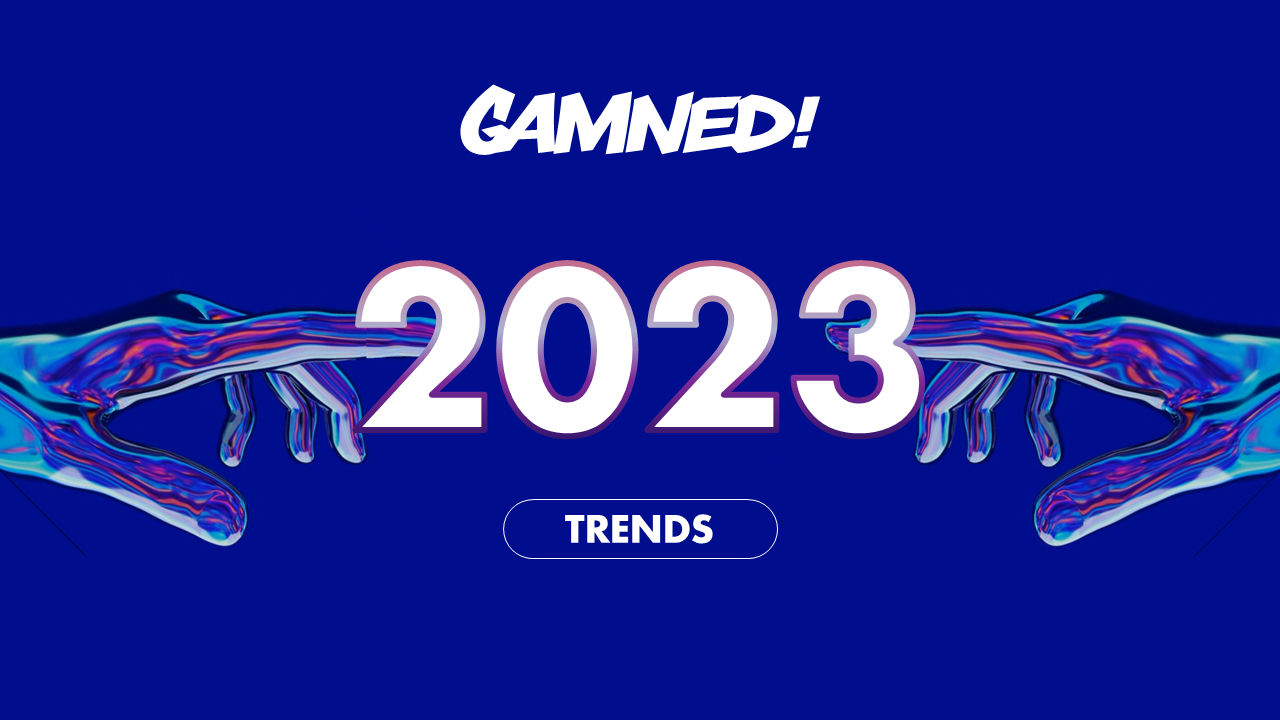
By Yves-Michel Gabay, managing director MEA, Gamned!
As we enter 2023, the time has come for brands to rethink their digital marketing strategy. The economic context of inflation pushes consumers to reevaluate their purchasing options and advertisers to make wise communications choices. Advertisers in 2023 have to stand out, thanks to an intelligent and streamlined marketing mix while adapting to the expected upheavals in the Middle East advertising landscape. The last few years have been turbulent for the digital advertising sector, and 2023 will be no exception. However, it is already possible to outline the major trends.
Scalable influencer marketing
Every dollar spent on influencer marketing yields an average of $5.20 for a brand. Influencer marketing is a financial resource that advertisers are planning to bet on in 2023. We see more reuse and amplification of content produced by influencers. Content often has a short lifespan but requires a large budget but it subsequently generates a strong commitment in paid media campaigns on social networks or the open web.
Retail Media
While retail media has long been an experimental field, it has become one of the most strategic advertising channels for the vast majority of our brands in 2022. It provides a new opportunity to monetise transactional data. Retail media is still a young industry division and is in perpetual movement. Trends are already emerging in favor of an increase in platform solutions and even self-service solutions, which are easier to scale.
Convergent TV / OLV
Broadcasters are already preparing for this new model. The arrival of advertising on Netflix at the beginning of November in a few countries. The rise of advertising-based video on demand (AVOD) platforms signals the advent of connected TV advertising in 2023. 44 per cent of media experts agree that CTV and online video have the most potential for innovation this year. Netflix has chosen to market its advertising offer exclusively through a demand side platform (DSP) and on a cost per mille (CPM) basis rather than on a gross rating point (GRP) basis. This pushed the market to take the first step towards advertising convergence of TV and digital. We expect the advertising network business model to become more normalised in the coming months with similar currencies and purchasing methods and through a unified measurement of video consumption on multiple screens. Netflix Ads will arrive soon in the Middle East/GCC Region.
End of third-party cookies
The market is still working to find a suitable alternative. Last July, Google postponed the planned phase-out of third-party cookies to the second half of 2024. It reinstates that third-party cookies are deeply embedded in the digital advertising ecosystem and finding a suitable replacement is difficult. Nevertheless, the market is actively preparing for the post-cookie era. Beyond replacing the targeting capabilities of cookies, the emerging solutions are shaping the market by decompartmentalising buying platforms and environments, enabling centralised campaign management and moving the entire industry toward a more people-centric advertising model.
Social media advertising
Declining consumer confidence is one of the main concerns – 77 per cent of media experts agree that it can negatively impact media spending. Facebook, Twitter, Google and Snapchat have declared a downshift in their advertising businesses due to the complex macroeconomic environment, drop in demand and growing competition. The end of the pandemic is slowing down the astronomical growth of TikTok. As for Meta, the European Commission believes Meta violated rules by connecting its dominant social network to its online advertising services, Facebook Marketplace, giving Facebook an unfair advantage that competitors cannot reach. Based on all these concerns, consumer trust is decreasing, and so is the advertising reach. Consumers emphasise the need for greater transparency.
Web 3.0 and metaverse
As technology shifts from web 2.0 to web 3.0, decentralised social media platforms will become the norm. Web 3.0 allows social media platforms to reinvent and enhance the interests of users and creators rather than advertisers. Currently, the Metaverse is mainly invested by luxury brands who buy spaces to sell NFTs at soaring prices. On the other hand, the advertising perspectives are still closely linked to the gaming universe. Publishers are optimistic about in-game advertising as many recognise the potential for opportunity and plan to prioritise it next year. The gaming industry expects a growth of $143 bn in Saudi Arabia alone.
The carbon impact
The UAE plans to host the 28th session COP 28 in Abu Dhabi in 2023 to discuss and find solutions for climate change. The event is a significant opportunity for Middle Eastern companies that are exploring pragmatic solutions to accelerate the global energy transition and taking action for the carbon impact of their activities. According to The Drum, 61 per cent of marketers think sustainability is more important than ad cost. The market still needs a measurement standard since the industry has a long way to go and reduce its carbon footprint.
Overall, mobile will remain a top focus since consumers continue to spend more than 4.5 hours per day on their mobile devices. In addition, we observe new tools driven by AI technology that assist everyday tasks such as writing emails, articles, navigating the web, create a meal with what is available in your fridge or writing program code lines. Advertisers have to master the existing system and go one step ahead by adapting to new regulations, uses and platforms.









